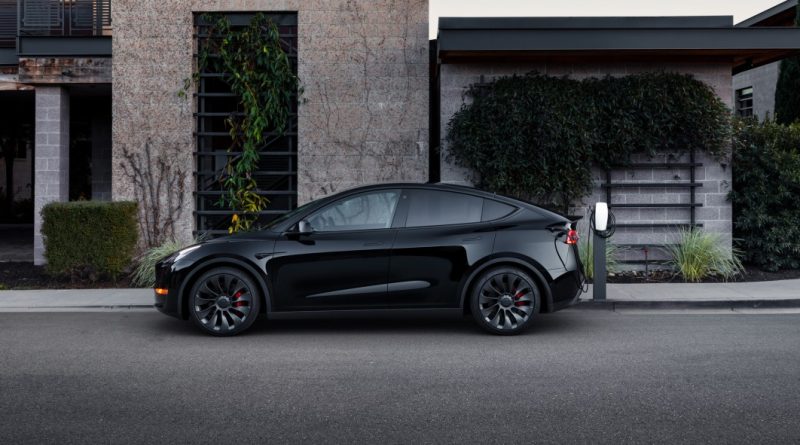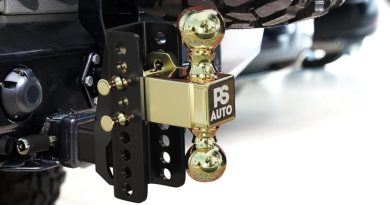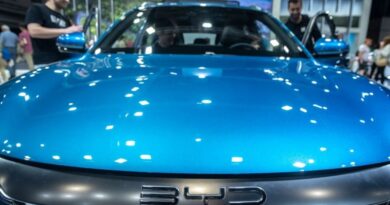Tesla slashed Model Y prices to clear its inventory backlog

Despite being the top EV seller in the U.S., Tesla had a somewhat rocky first quarter of 2024, building significantly more vehicles than it delivered. While some analysts’ predictions that Tesla could “go bust” sound overblown, the automaker is in recovery mode, offering deeper discounts to move unsold inventory.
Tesla’s first-quarter sales dipped by 8.5% worldwide in the first quarter. In response, the company is offering notable discounts on the popular Model Y crossover. The cuts are large enough to make it temptingly affordable after federal tax credits, which apply to all Model Y variants in 2024.
Here’s how inexpensively you can get a new Model Y in the U.S. right now from Tesla’s inventory including the new $7,500 Fed EV point of sale credit:
• Model Y RWD: $33,890
• Model Y LR: $37,490
• Model Y Performance: $40,690You get 3 free months of FSD with referral link. pic.twitter.com/i82xec3DEs
— Sawyer Merritt (@SawyerMerritt) April 3, 2024
Sawyer Merritt, a notable Tesla social media personality, posted about the discounts on X/Twitter earlier this month, listing prices for existing Model Y inventory. After the $7,500 credit, the Model Y RWD starts at $33,890, the Long Range at $37,490, and the range-topping Model Y Performance at $40,690.
It’s possible to significantly drive up those prices with Tesla’s advanced driver aid features, but Merritt noted that buyers could get three months of a Full Self-Driving subscription using his referral link.
Tesla cited the new Model 3’s production increase as part of its overage, saying that downtime to convert the factory for the new car played a role. The automaker also saw a shutdown at its German factory, though some aren’t so sure of the company’s excuses.
Regardless of the cause, the price cuts make the Model Y one of the most affordable EVs on sale today, which could further solidify its position as the best-selling electric vehicle in the world. Even so, demand for EVs is not on the hockey-stick upward trend that many had hoped for. The situation has led some legacy automakers, including Ford and GM, to backtrack a bit and lean more into hybrids and plug-in hybrids to bridge the gap.
Related video:




